I been searching but I can only find articles talking about one or the other. Which one is better?
I'm making a small web app where performance is not a big concern since there's nothing complex going on.
I considered using jQuery's val() function since maybe it solves some inconsistency I'm not aware of, but getElementById.value IS faster (although the end user won't notice.)
So which one should I use? Is jQuery's non-native method worth the lower performance to gain more compatibility?
